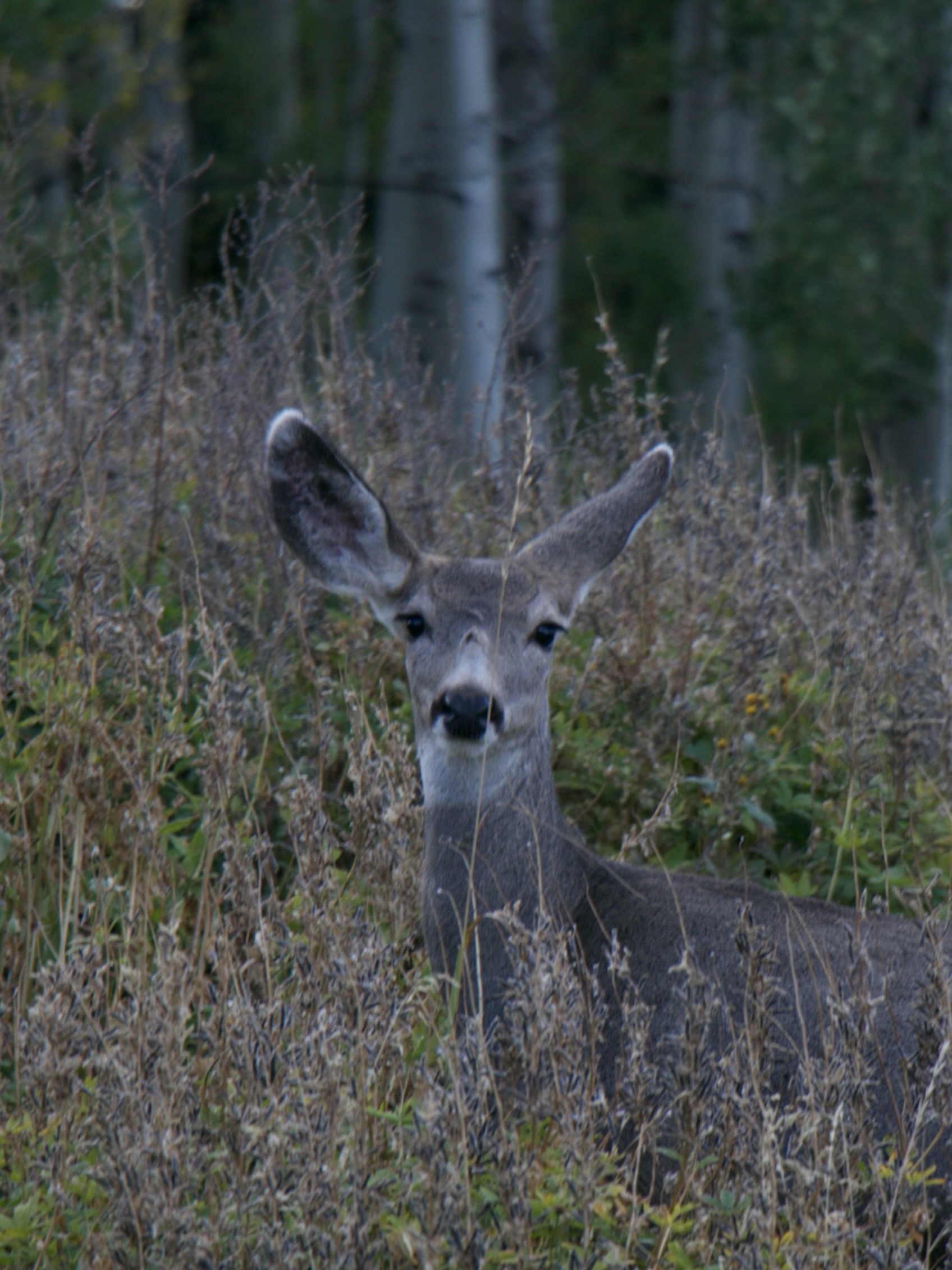The History of Guffey, Colorado
The History of Guffey, Colorado
Early Beginnings
Guffey, Colorado, is a quaint little town in South Park County and is steeped in rich history.
Settled in the rolling hills and Ponderosa Pines of the Rocky Mountains, Guffey has a peculiar local culture and an interesting past.
Guffey has a rich history that dates back to the late 1800s. Founded as a mining town during Colorado’s gold rush, Guffey quickly became a bustling hub for prospectors and settlers looking to make their fortune. The discovery of gold, silver, copper, and other minerals in the area brought an influx of people, transforming the once-quiet region into a lively community.
The Name Guffey
Guffey was founded in the late 19th century as part of the Freshwater Mining District.
For this reason, Guffey was originally named Freshwater. Freshwater was the name of the Local Saloon for many years (The Freshwater Saloon). The Freshwater Saloon shut down in 2022, though.
The town was later named Guffey after an early prospector, but details about Guffey’s namesake remain a topic of local lore. Guffey’s development coincided with the mining boom that swept through Colorado following the discovery of gold and silver in the mid-1800s.
Even though the Freshwater Saloon has shut down, other businesses like Wild Spirit Mountain Lodge and Event Center, as well as The Distillery and The Bakery, continue to serve the local community and visitors with the same vision and culture.
The Mining Boom
Guffey’s mining boom began in the 1890s when gold was discovered in the region. Prospectors flocked to the area, and the town grew rapidly. By the turn of the century, Guffey had several mines in operation, including the notable Rittenhouse and Flucom mines. These mines produced significant quantities of gold, silver, and other minerals, contributing to the local economy and drawing more settlers to the area.
The town’s population peaked during this period, with businesses, saloons, and homes sprouting up to accommodate the growing community.
Guffey’s main street was lined with establishments catering to miners and residents, creating a vibrant and bustling atmosphere.
Decline of the Mining Industry
As the 20th century progressed, the mining industry in Guffey began to decline. The initial gold rush had subsided, and many of the mines became less profitable or exhausted their resources. By the 1920s, most of the mining operations had ceased, and the town’s population dwindled as people moved away in search of new opportunities.
Despite the decline in mining, some residents chose to stay, maintaining Guffey as a small, close-knit community. The town’s character shifted from a booming mining hub to a quieter, more tranquil place, with the remaining residents relying on agriculture, ranching, and tourism to sustain their livelihoods.
The Guffey Colorado Chicken Fly
One of the most distinctive traditions in Guffey’s history is the Fourth of July Chicken Fly. This surreal event, which ran for many years, consisted of people trying to “fly” chickens off a platform.
No chickens were harmed in the process–most just flapped a little before settling safely back to earth-but it was a popular local event and became a kind of metaphor for Guffey’s quirkiness.
Eventually, the Chicken Fly was shut down. However, the locals in Guffey will tell you magnificent stories about the unique event.
Modern Guffey
Today, Guffey is a charming and historic town that offers a glimpse into Colorado’s rich mining heritage. The town has preserved many of its original buildings (like the Town Hall), which gives visitors a sense of what life was like during the mining boom. Guffey’s main street features several historic structures, including the old Guffey Schoolhouse and various saloons and storefronts from the late 19th and early 20th centuries.
Guffey has embraced its history and natural beauty, becoming a popular destination for tourists and outdoor enthusiasts. The town is surrounded by stunning landscapes, including the Pike National Forest and the Royal Gorge, offering opportunities for hiking, fishing, and wildlife viewing. Visitors can explore the remnants of old mines, hike scenic trails, and enjoy the peaceful, rural atmosphere that defines modern Guffey.
Community and Culture
Despite its small size, Guffey boasts a strong sense of community and cultural heritage. The town hosts various events throughout the year, bringing residents and visitors together to celebrate local traditions and history. The annual Guffey Heritage Day is a highlight, featuring historical reenactments, parades, and community gatherings that showcase the town’s unique past.
The Guffey Community Charter School is a focal point for the town, providing education and a gathering place for local families. The school emphasizes community involvement and hands-on learning, reflecting the values of the town’s residents.
Preservation and Future
Efforts to preserve Guffey’s history and heritage are ongoing. Local organizations and residents work together to maintain historic sites and educate visitors about the town’s past. The Guffey Heritage Museum is a testament to these efforts, offering exhibits and artifacts that tell the story of Guffey’s mining days and its evolution over the years.
Looking ahead, Guffey continues to attract those who appreciate its historical significance and natural beauty. The town’s commitment to preserving its heritage while embracing a sustainable future ensures that Guffey remains a treasured part of Colorado’s history.
Conclusion
Guffey, Colorado, is a testament to the enduring spirit of a mining town that has weathered the ebbs and flows of history. From its bustling beginnings during the gold rush to its quieter, modern-day charm, Guffey’s rich history and strong community make it a unique and fascinating destination. Visitors and residents alike cherish the town’s historical legacy and the natural beauty that surrounds it, ensuring that Guffey’s story continues to be told for generations to come.
